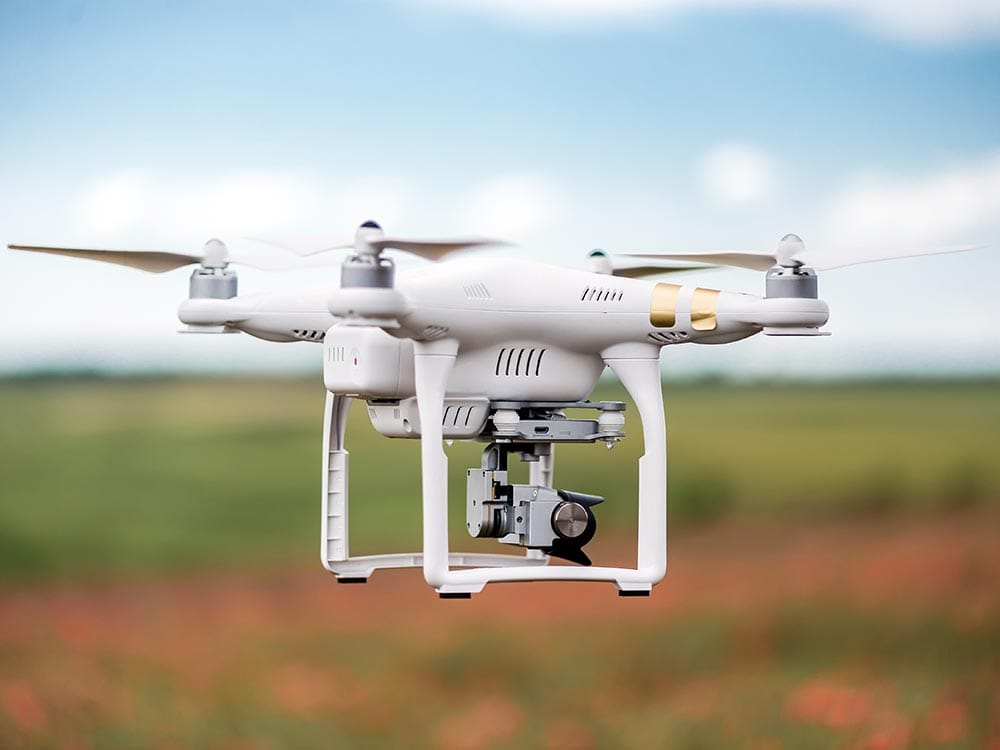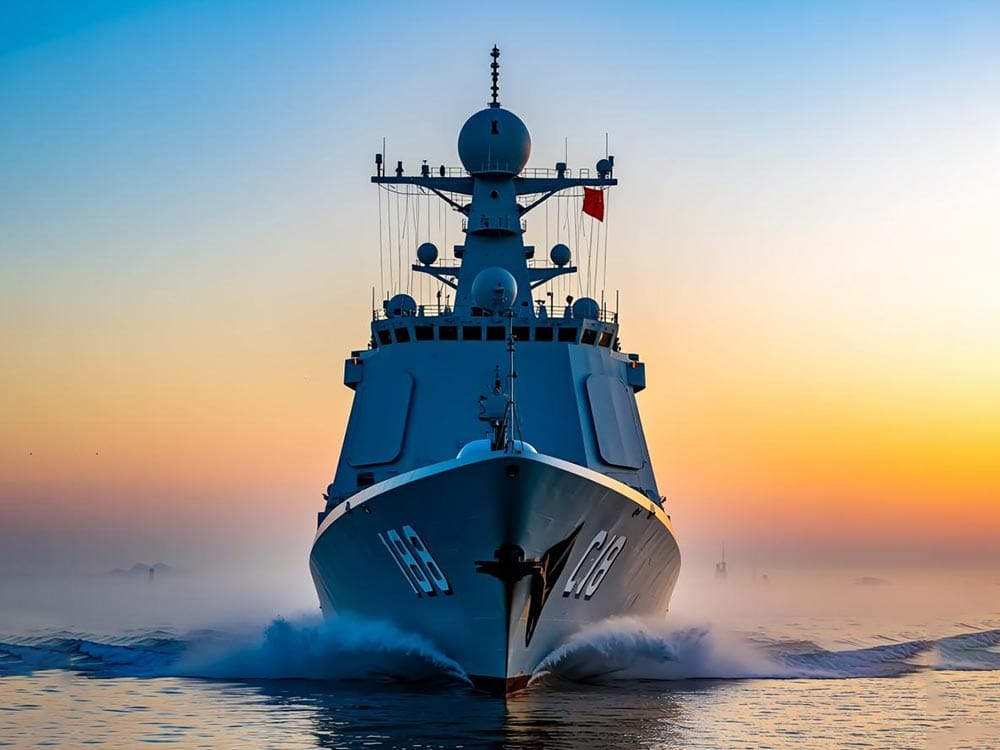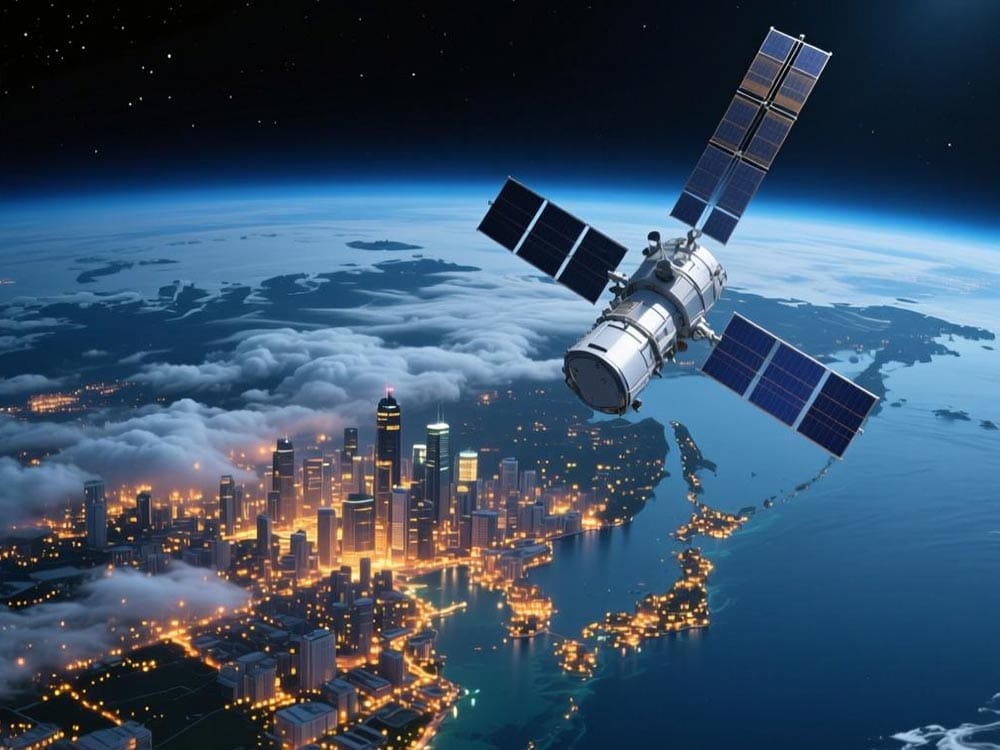Meteorological and climate research: monitoring surface-emitted longwave radiation (OLR) and atmospheric inverse radiation, as core parameters of climate models, to support global energy balance and greenhouse effect research (e.g. the impact of increased atmospheric inverse radiation on regional air temperature).
1. Meteorological and climate research: monitoring surface-emitted longwave radiation (OLR) and atmospheric inverse radiation, as core parameters of climate models, to support global energy balance and greenhouse effect research (e.g. the impact of increased atmospheric inverse radiation on regional air temperature).
2. Agriculture and Ecology: Calculate net surface radiation (total radiation-reflected radiation-long wave emission radiation + atmospheric reverse radiation), guide crop irrigation (net radiation determines crop evapotranspiration); monitor soil/vegetation thermal radiation, evaluate crop cold resistance.
3. Urban environment research: measuring long-wave radiation emissions from urban underlying surfaces (buildings, pavements), analyzing the causes of urban heat island effects, and optimizing urban greening and building insulation design (low-wavelength emissivity materials can reduce heat release).
4. Energy and building energy conservation: evaluate the long-wave radiation heat loss of building exterior walls/roofs, optimize the selection of insulation materials; monitor the infrared radiation loss of solar water heaters and photovoltaic panels to improve energy efficiency.
5. Ice and snow and hydrology research: measure the long-wave radiation budget of glaciers and snow cover, and combine short-wave radiation data to accurately predict the melting rate of ice and snow, providing a basis for water resource scheduling.
Product Parameters:
1. Measurement range: common -50~2000 W/㎡(Covering the normal range of surface/atmospheric long-wave radiation, negative values indicate that radiation reception is greater than emission).
2. Spectral response: 4~100 μm (Accurately match the long-wave infrared band to eliminate short-wave radiation interference).
3. Accuracy: ≤ ± 5% (core indicators, calibrated with reference to international standards to ensure data reliability).
4. Response time: ≤ 60 seconds (90% response) (adapted to the slow change characteristics of long-wave radiation, taking into account measurement efficiency).
5. Temperature coefficient: ≤ ± 0.1%/℃ (reduce the impact of ambient temperature on infrared detection components and improve the stability of complex environments in the field).
6. Field of view: 180 ° (full viewing angle for receiving hemispheric long-wave radiation, suitable for hemispheric emission characteristics of surface/atmospheric radiation).
7. Window material: usually silicon or magnesium fluoride (high infrared band, reducing radiation attenuation and ensuring measurement authenticity).
Our products deliver superior performance, critical technical support, and reliable product assurance in any environment.
Our MEMS sensors achieve unmatched levels of performance gains in critical areas such as bias instability and angle random walk.
All our product designs go through rigorous testing utilising our ISO17025 accredited laboratory.
We manage every aspect of our product range, ensuring the highest quality on the market. Our highly skilled team provide expert technical support.





